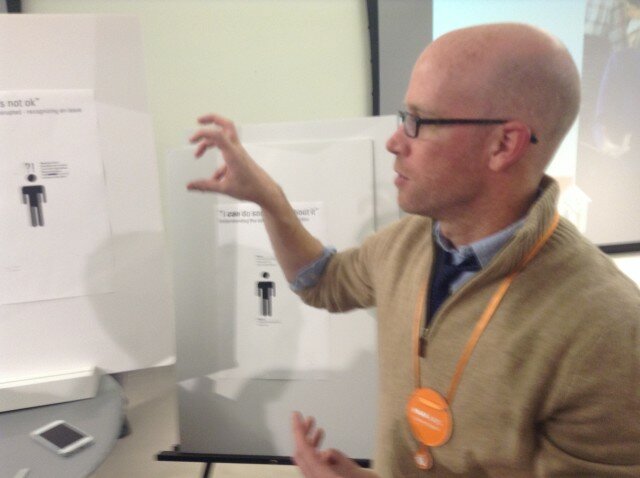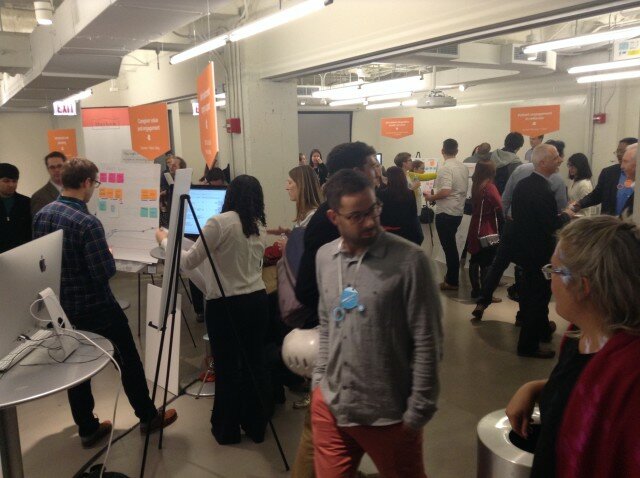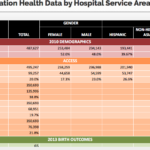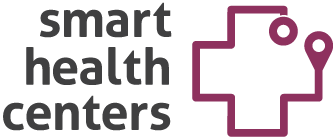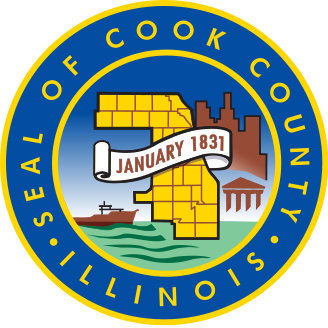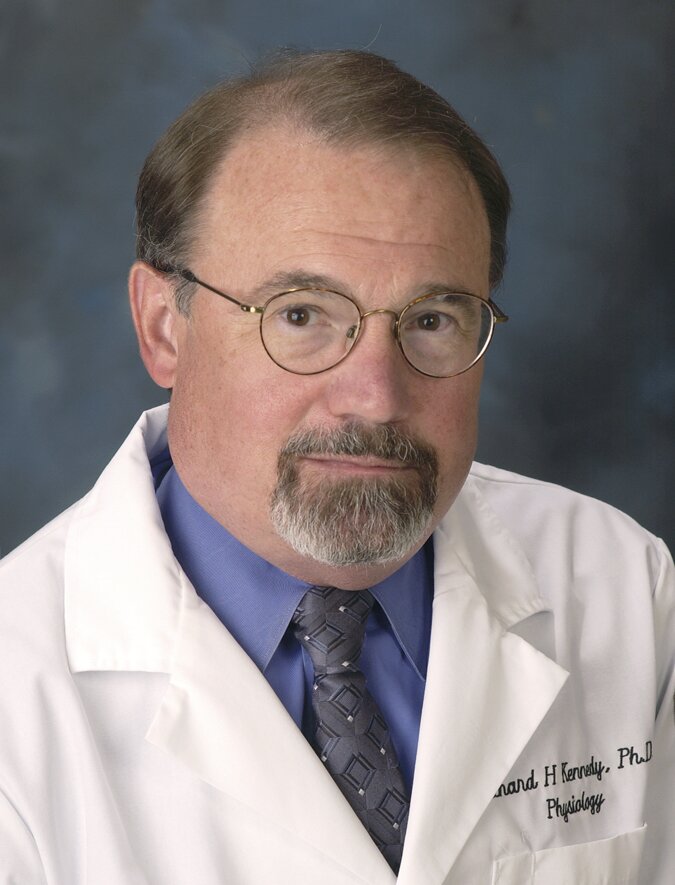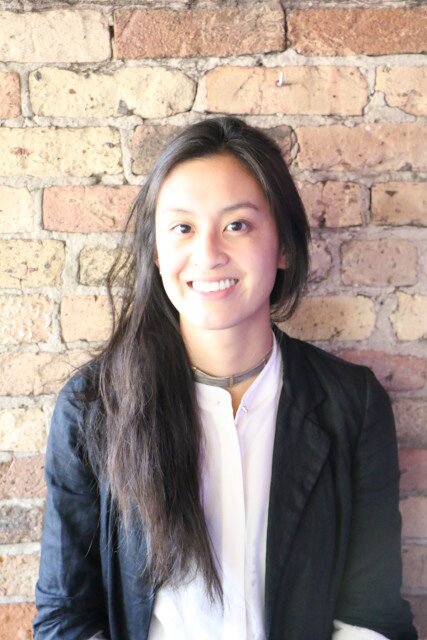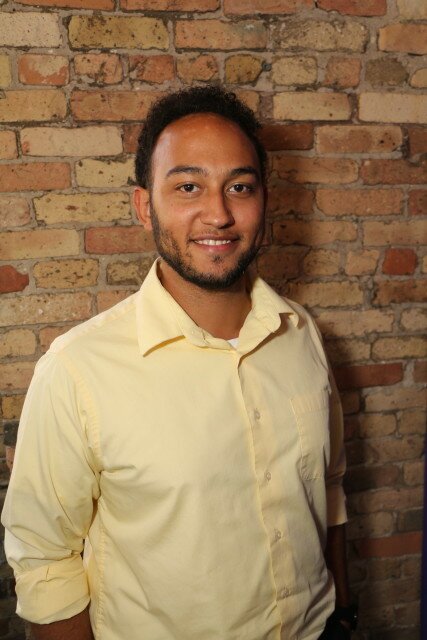When Chicago technologists diagnose health issues, they turn their attention to how patients and practitioners make decisions.
“It’s always important to understand the domain,” says ThoughtWorks user experience designer Bridget Sheerin. “The classic example is, you try not to build something for which there isn’t a problem.” A less obvious trap, she says, is building great technology that can’t or won’t get used in the field.
The Illinois Institute of Technology’s design institute focused health and tech teams on patient interactions in two days of brainstorming Oct. 13 and 14 at its BarnRaise 2015 “maker-conference.” Teams presented their solutions to a health technology crowd at Matter, the Merchandise Mart health-care incubator.
“I was amazed at how effective the conference was at bringing people up to speed about something they knew nothing about,” said Ronald Grais, director of the Thresholds mental health agency. Consultant Mark King of Toad & Tadpole suggested ways Thresholds could encourage peer interventions for troubled teens. Grais plans to test them immediately in schools and community programs.
The 13 teams addressed process and strategy issues as well. Smart Chicago Collaborative anchored one team, working with the Design Concepts agency to build patients’ health and computer literacy.
IIT matched software developer ThoughtWorks with Janus Choice and its Virtual Liaison app, which refers hospital patients to long-term care providers. Janus chief technology officer Daryl Palmer says ThoughtWorks brought experience in coaching technologies that complemented Janus’ development talent.
“We wanted to make sure we were looking at the social and cultural mindsets of users at final discharge,” Palmer says. “Patients can’t go home, they have to go to a skilled nursing facility, and we have to explain where they are in the process.”
Janus wanted a better handoff for accident victims, for whom the diagnosis is still sinking in. “We tried through a design process to understand what that experience is like for a patient and a nurse,” says Sheerin. “It’s not about building a prettier interface but understanding the entire journey they go through.”
The team interviewed nurses on how they used the iPad app to locate intensive rehab or continuous care resources. “The nurses are under extreme time pressure to get patients out of the hospital. They need patients to comfortable with the choices they’re making. The device makes the narrowing-down process a lot faster for the patients, which cuts cuts down on the time pressure on the nurses.”
More often it’s nurses or family members using the tablet app to find follow-up care, not the patients themselves. The result has to please all parties, including the hospitals paying for the app. They expect a payoff in better use of their own beds and lower readmission rates.
ThoughtWorks suggested video and other tools to connect nurse recommendations with doctors’ orders, and updates on patients’ rehab progress to keep nurses engaged.
The YMCA of the USA approached rehab from a different angle. It worked with Rêve Consulting to structure pilot programs bringing joint replacement patients into local gyms and swimming pools to shape up before surgery, as well as to recuperate afterward.
Chicago health providers facing widespread issues used BarnRaise partners to plan a local response. The American Medical Women’s Association and the Mad*Pow agency worked to spread stroke awareness.
The BarnRaise collaborators decided they must spread the word about about stroke symptoms to a younger audience, who could act quickly if a family member is stricken.
“Trust is an issue,” says Heather Beckstrom, stroke program coordinator for Mount Sinai Hospital Medical Center. Immigrants fear deportation, while minorities expect a struggle to get the immediate care that can save stroke victims’ lives. “How do you get into a community where there is distrust?”
The solution was to build on relationships with community activists and organizations like the Chicago Housing Authority. “It gives us a different strategy and outlets to tap into,” Beckstrom says.
